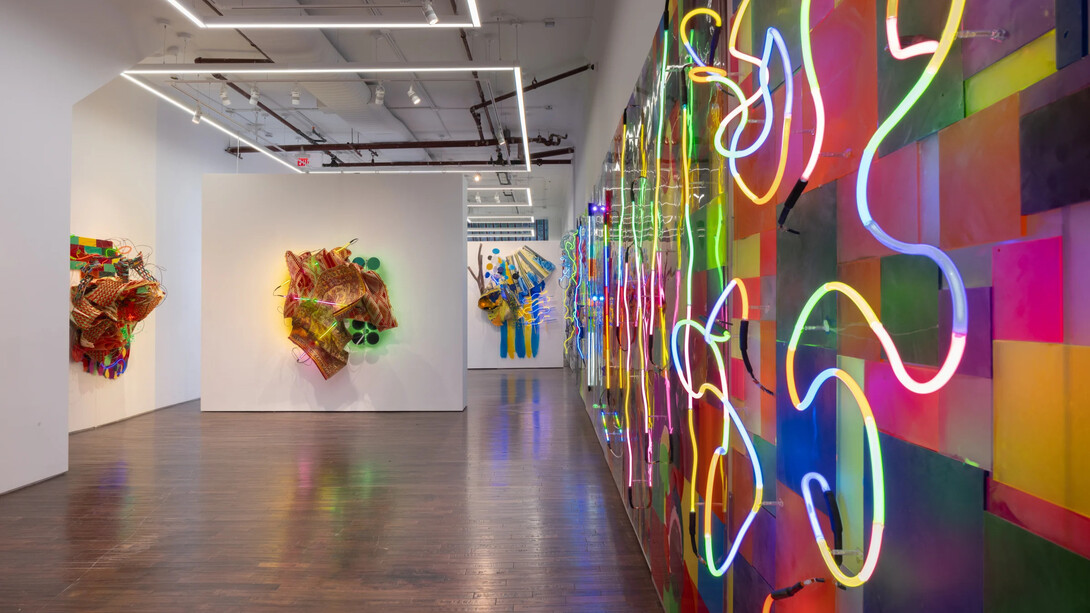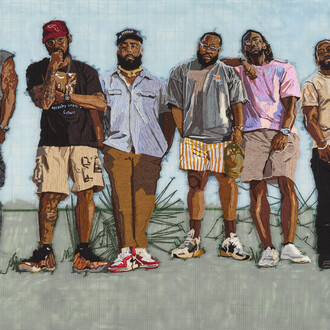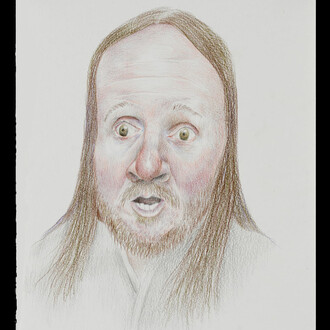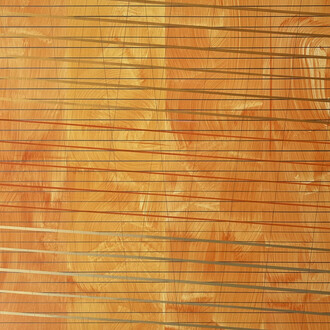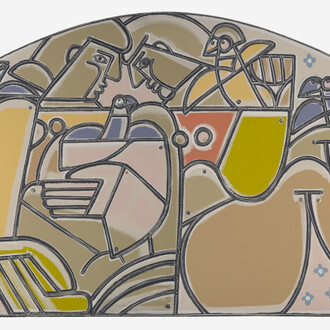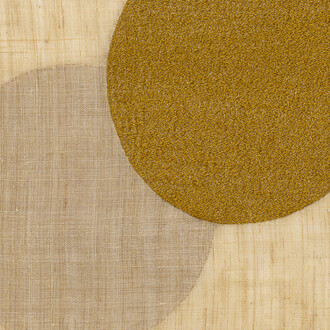Cristin Tierney Gallery is pleased to present Light years, a solo exhibition of new and recent works by Judy Pfaff. This is the artist's first solo show with the gallery, and the first solo show in our new location on 49 Walker Street. The exhibition opens Friday, October 17th and will be on view through December 20th. The artist will be present at the opening reception.
For over five decades, Judy Pfaff has redefined the possibilities of sculpture and installation, pioneering an expansive practice that blends painting, assemblage, and architecture into immersive, sensorial environments. A “master scavenger,” she transmutes an array of found and fabricated materials—steel, resin, neon, plastic, fabric, glass, and faux flora, among other things—into constellations of form and color. Pfaff’s approach combines rigorous formal invention with intuitive improvisation, often described as “painting in space.” Her work is at once lyrical and chaotic, precise and unruly, materially dense yet visually buoyant. Though she has embraced countless fabrication techniques from welding and glassblowing to carpentry, printmaking, and design, neon has become one of her most enduring interests, which she produces in collaboration with Joe Upham. Speaking about the material, Pfaff states: “Neon is dangerous, complicated, and brittle, but it’s such a foil for the loose [work] that I do.”
Light years includes several new works that reflect Pfaff’s restless experimentation and ongoing fascination with light. Crispy noodle (2025) entwines fused glass, polyester resin, steel, and LED lights into a cascading bundle of brightly colored woven fibers, crowned with a glimmering mosaic lamp. The riot of textures blends into a form that hovers between relic and futuristic device, collapsing distinctions between ornament and structure, craft and vessel. In Travels to Bisnegar (2025), a recycled plastic carpet unfurls across the wall, studded with imitation flowers and punctuated by fluorescent neon rods. The work evokes a hybrid terrain where industrial detritus and natural growth intertwine, its surface alternating between light and the woven memory of domestic space.
At the heart of the exhibition is a new sequence of large-scale panel works, each measuring eight by four feet. Created by pouring resin onto clear acrylic sheets laid flat, these pieces transform painterly gesture into translucent strata of color and texture. Once installed vertically, the panels function like glowing windows, illuminated by pigmented neon tubing. Suspended in a linear arrangement, the selection radiates energy across the gallery walls, recalling stained glass, digital pixels, and abstract expressionist canvases. Yet the works remain distinctly Pfaff—improvisational, sensorial, and wildly maximalist.
